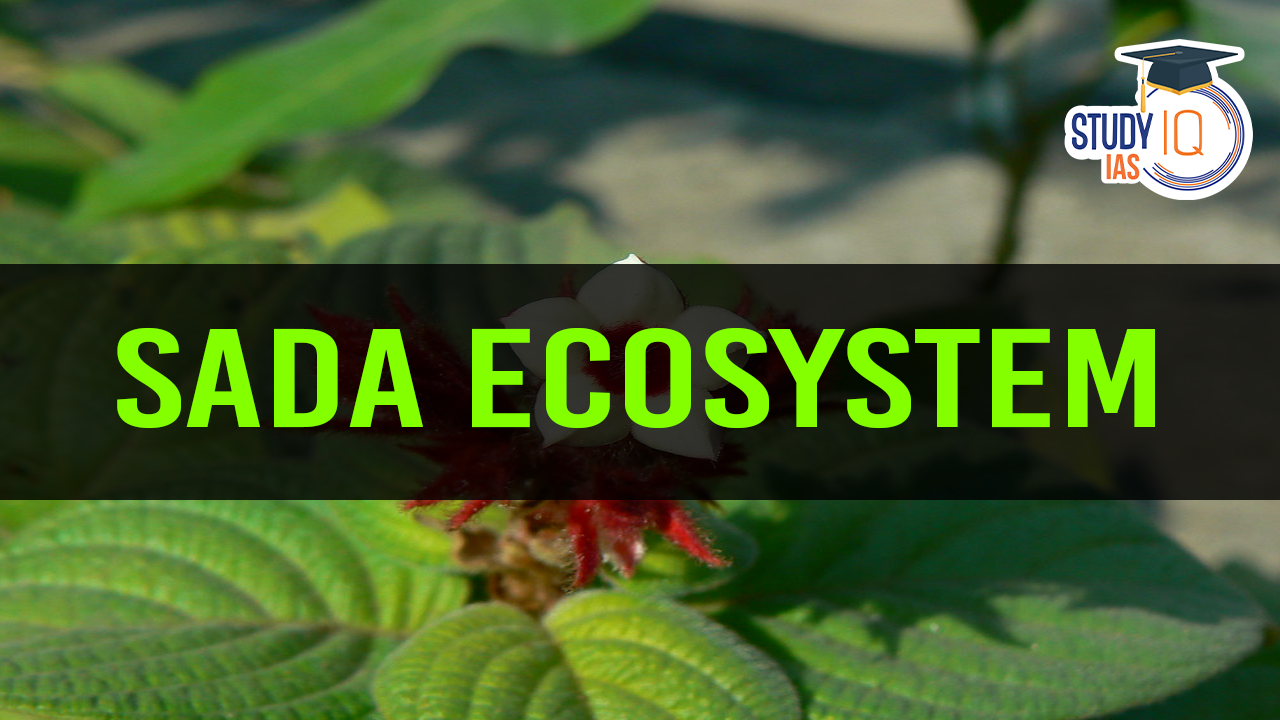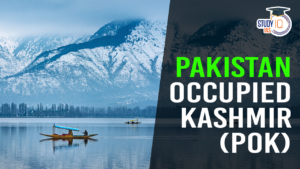Table of Contents
Context
The Sada ecosystems of the Konkan region, known for their rich biodiversity, cultural significance, and unique ecological features, are under threat from rapid urbanization, mining, and mismanagement. This article delves into the importance of these ecosystems and the challenges they face.
About the Sada Ecosystem
Geographical Overview
The Konkan region, nestled between the Arabian Sea and the Western Ghats, is famous for its scenic beaches and ancient temples. As one travels towards the Ratnagiri district, the landscape transitions from steep mountain ranges to rolling hills with expansive flat tops, known as sada. These flat terrains have been shaped by centuries of erosion, creating unique ecological niches.
Biodiversity
The sada ecosystems, similar to pathar, are rocky and support a diverse array of endemic flora and fauna, particularly flourishing during the monsoon season.
Flora and Fauna
A comprehensive study conducted between 2022 and 2024 in southern Ratnagiri documented:
- 459 plant species, with 105 being endemic to the Konkan region.
- 31 species of reptiles, 13 species of amphibians, 169 species of birds, and 41 species of mammals.
- Notable fauna include Indian flapshell turtles, leopards, barking deer, and various migratory birds.
Archaeological Significance
The sada region is home to ancient geoglyphs, which are artworks carved into the land dating back 10,000 years. These geoglyphs provide invaluable insights into the region’s historical and cultural heritage.
Threats to the Sada Ecosystem
Despite their ecological and cultural significance, sada ecosystems are facing multiple threats:
Changing Land-Use Patterns
The open lands and croplands of the sada are increasingly being converted into orchards and residential areas. The rise of developmental projects is altering the natural landscape and disrupting the ecological balance.
Mining Activities
Laterite stone mining poses a significant threat to the integrity of the sada ecosystem. The extraction processes not only degrade the land but also threaten the biodiversity that thrives in this unique habitat.
Misclassification as Wasteland
The Wasteland Atlas classifies sada regions as “wasteland,” undermining their ecological and cultural importance. This misclassification has led to a lack of protection and increased exploitation of these areas.
Conclusion
The Sada ecosystems of the Konkan region are invaluable for their biodiversity, cultural heritage, and ecological significance. However, they are severely threatened by urbanization, mining, and mismanagement. It is crucial to re-evaluate the classification of these areas and implement conservation strategies to protect and preserve this unique ecosystem for future generations.
Ready to turn your UPSC dreams into reality? Join the trusted StudyIQ UPSC Foundation P2I Live Hinglish Batches today! Our expert-led courses are designed to build a solid foundation while keeping you updated with the latest exam trends. Contact us now to enroll and get one step closer to cracking the UPSC exam with confidence


 Serious Fraud Investigation Office (SFIO...
Serious Fraud Investigation Office (SFIO...
 Article 142 of Indian Constitution, Sign...
Article 142 of Indian Constitution, Sign...
 Pakistan-Occupied Kashmir (PoK): History...
Pakistan-Occupied Kashmir (PoK): History...





















